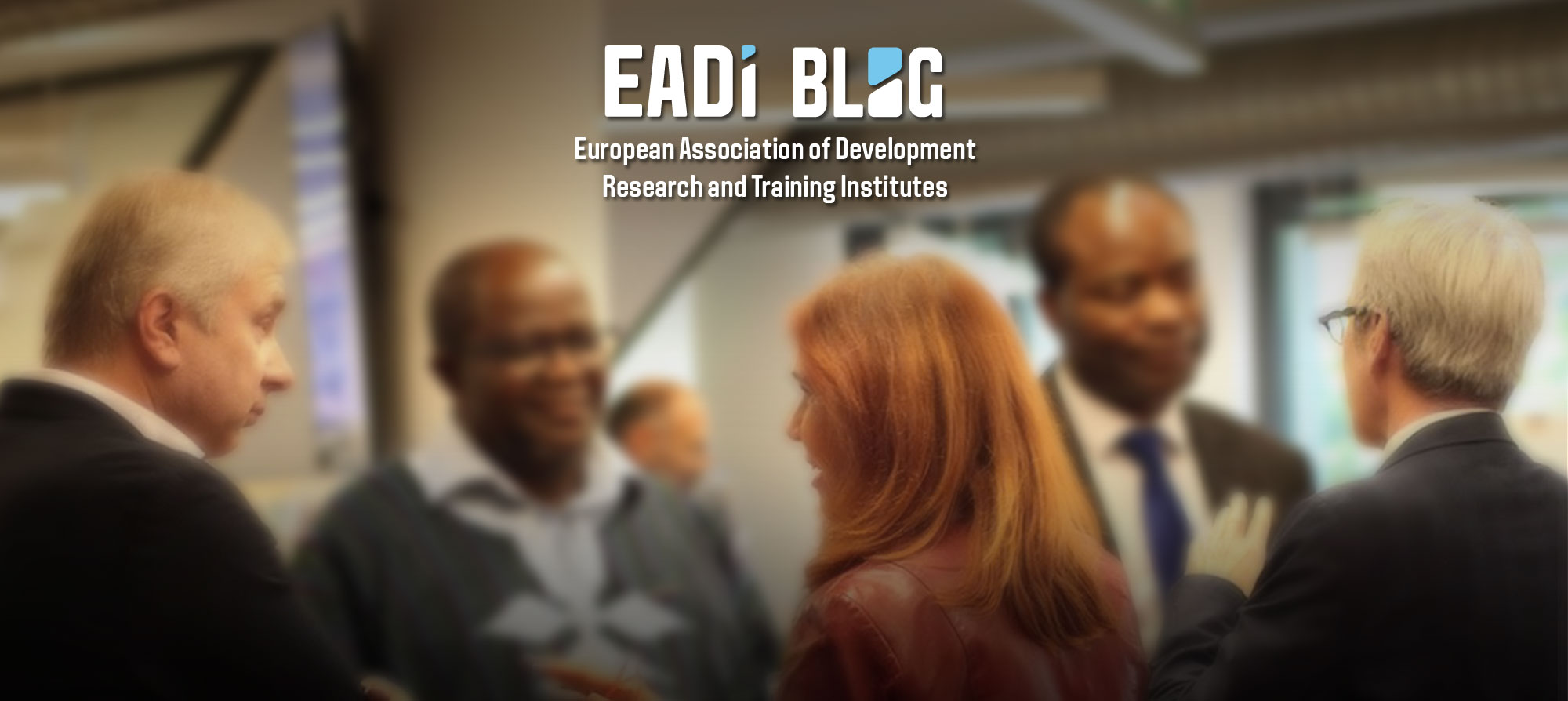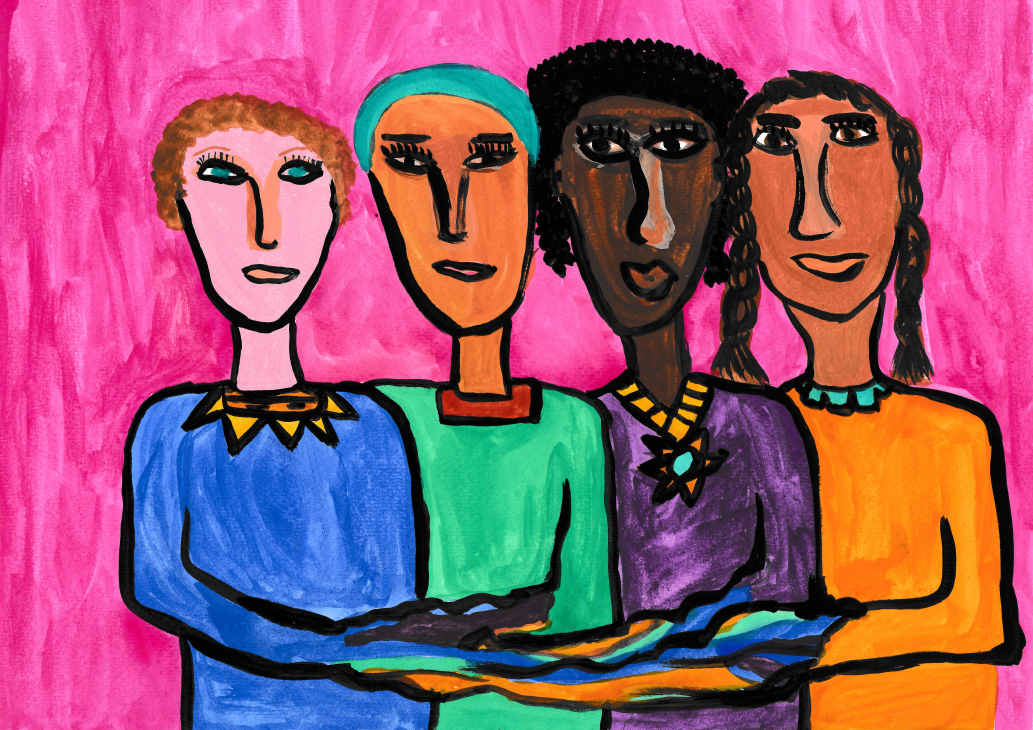By Wendy Harcourt
Gender in development studies
Gender is a familiar term now in development studies. It is one of those obligatory checks to critical work that look at inequalities, poverty and power relations. I have been ‘doing’ gender in development studies now for three decades – as a feminist advocate and more recently as a professor – engaging in the different debates that have led to the visibility of gender as something to be understood, studied and practiced.
Gender is not just about counting in women or studying it as separate to other development processes. Nor is it about biological difference based on women’s reproductive role or ending sexual violence. It refers to systemic structures that institutionalise male power over women on multiple scales that are economically, culturally and socially determined. Gender operates at every level of human experience, from economic arrangements, culture and state to interpersonal relationships and individual emotions. This does not mean that everybody experiences gender in the same way. Gender is lived differently in diverse places, bodies and locations. “Gender and development” looks at how gender relations occur from a local to a world scale, as local gender relations interact with the global arena.
A gender lens allows us to see the ways in which gendered power relations permeate structures and institutions, so that gender is never absent. Applying a gender lens is necessary to untangle the gender bias that informs social, political and economic practice in development. Understanding gender is not as simple as differentiating which gender does what in economic and social programmes, or even as measuring data for gender bias and evidence of gender inequalities. A gender lens notices such distributions, but also reveals how gender hierarchies that are often seen as ‘natural’ operate in households and other institutions through economically and socially determined relations – which are culturally based and evolve over time.
Applying a gender lens reveals that economic and social development is determined by power relations between men and women. It highlights how a gender bias can lead to systematic, unfavourable treatments of individuals based on their gender, denying them rights, opportunities and resources. Such analyses inform gender and development policies that aim to redress gender imbalances through a redistribution of power and resources and the transformation of gender power relations. They also show the blind spots where individuals are excluded from development processes because of disability or sexual orientation, and experience exclusion, oppression and violations.
Let us take two examples of how a gender lens is applied in development studies.
Body politics
Body politics – or the political struggle of people to claim control over their own biological, social and cultural ‘bodily’ experiences –, such as the well known international #metoo campaign for example. Topics of body politics in gender and development scholarship include making visible heteronormative assumptions around embodiment, marriage, reproductive and care work as well as “desire” as part of body politics in development. In development processes, body politics has been at the core of political struggles around gender equality, human rights and public health. The 1990s series of United Nations conferences consolidated gender and development practices around body politics such as domestic violence, rape as a weapon of war; denial of sexual and reproductive rights; sexual oppression of women, children, homosexuals and transgender people. Racism and ageism were put on the agenda. Applying a gender lens to issues of embodiment in development practices makes visible many previously tabooed issues and challenges cultural traditions and practice that condone and institutionalise inequalities in the workplace and fail to address homophobia. Body politics in the UN arena, for example, has successfully led to changing human rights and public health policy to include an awareness of bodily integrity and the right to sexual and reproductive healthcare services.
The discussion of heteronormativity has opened up the possibility to discuss homosexuality, third sex and transgender in development studies. This process of queering development has enabled the inclusion of people who had earlier been silenced or excluded from development studies and practice.
Body politics literature has helped development studies go beyond seeing sexuality as a problem only related to risky behaviour, violations or violence. It has also raised questions about why gender-based violence has become such a focus of international development policy while leaving out other aspects that are equally important. Although there are valid and necessary concerns around violations of different peoples’ bodies and minds, the same space is not given to pleasure and joy in sexual relations.
Sustainable development
The second topic is sustainable development – something highly visible on the international development agenda with the Sustainable Development Goals (SDGs) that aim to link economic, social and environmental justice issues. A gender lens contributes importantly to understanding community responses to the current climate economic and environmental crises in multiple places, probing the dynamics through which new political, economic and community innovations are possible.
A gender lens on sustainable development opens up the space for novel insights and different ways of understanding resilience and sustainability by providing evidence on how women who work with men in the community confront crises as subjects rather than objects of policy. By looking at gendered and embodied everyday experiences of community’s relations to nature and resources, a gender lens also helps to shift the dominant narrative on sustainable development. It probes how change is experienced by examining the complexity of gendered power relations, for example in the approaches of environmental justice movements to population growth or the gendered survival strategies of communities struggling with climate change and ill health due to pollution and toxicity. It also looks at the survival mechanisms of communities living in damaged environments, depleted fishing stocks, rising waters, conflict and uncertainty.
New ways to think about development
Applying a gender lens to development studies opens up new ways to think about development processes in response to some of the thorny issues around power and knowledge in development. It offers the possibility to be reflective as well as effective in scholarly contributions to development policy. Bringing a gender lens to development helps us to identify how power operates in development on a number of scales from the intimate to the global, and how it intersects with other factors of diversity. Linking the various levels of gendered processes in development allows us to do research that can bring about change more effectively, as we become aware of the complexity and diversity in the development experiences.
Wendy Harcourt is Professor of Gender, Diversity and Sustainable Development at the International Institute of Social Studies of Erasmus University Rotterdam, The Netherlands. She is author of the chapter “What a Gender Lens Brings to Development Studies” in our recent book “Building Development Studies for the New Millennium”
Image artwork by Sat Trejo Mendez, portraying Wendy and her Students


Thank you so much for sharing these simple yet deep explanations that are so crucial to know by anyone working or wanting to read about Development and how gender is an embedded aspect that cannot be ignored when seeking change and prosperity.
This is a piece of in-depth analysis of couples of concepts within development studies,my take away from this lovely piece of thoughts is that,gender systematic in institutions has been a bottleneck for centuries,not only in the instructions but deeply embedded in cultural which seems to be the main root causer of gender inequalities .